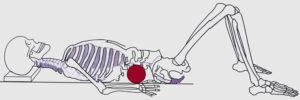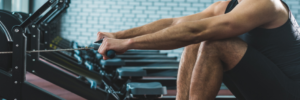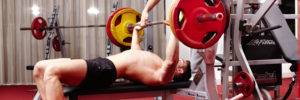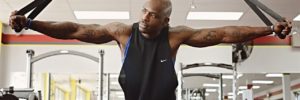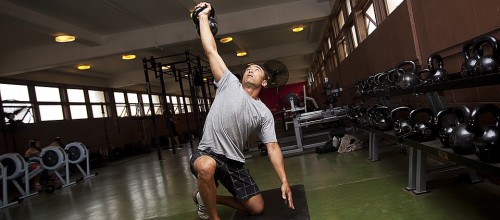
S&C Tips: How Long Should You Rest in Between Uni-Lateral Sets for Optimal Performance?
Here is an interesting question that I bet very few people pay attention too when exercising:
How Long Should You Rest in Between Uni-Lateral Sets for Optimal Performance?
Before I answer this question, I just want to explain what a uni-lateral exercise set is because some people reading this may not know since it’s a rather fancy term for any single arm/single leg type of exercise. So, in simple terms, a uni-lateral exercise is an exercise that may affect one side of the body (e.g., split squats, single arm cable row, single arm dumbell press, etc.). Typically, uni-lateral exercises are great for developing strength, power, identifying imbalances within the body and most importantly addressing those imbalances! For instance, if someone can push more weight on their right side then their left side, this would be an imbalance within the body. Ultimately, this imbalance could lead to asymmetry and could put someone at risk for an injury. Therefore, as a coach or athlete, it’s crucial to address these imbalances and have a strong focus on the ‘weak’ side to prevent any future injuries.
Now, for this post, we are going to be talking about the ‘rest’ time between uni-lateral sets and how long you should rest before performing the next side of the body. So, in simpler terms… If you perform a set of split squats with your right leg first, how long should you rest until you perform the left?
To answer that question… “It depends on a number of factors” but one problem you often see is that several people will immediately jump into the next side or set. For instance, they may only take 5-10 seconds rest after performing their right side and then jump into the left side. Now, this may be fine for some cases but it really depends on the activity or task being performed. For example, an individual that performs an exercise that is minimally demanding physiologically or psychologically may only need 5-10 seconds of rest before they perform the opposite side. However, in cases were the task or activity is physically demanding, the load is high and the movement is very dynamic, an individual may require a significantly greater rest time before they perform the opposite side (e.g., 2 minutes or greater).
Moreover, when the task becomes more demanding, the body begins to fatigue quicker and when it comes to single arm/single leg exercises, we are often using a lot of stabilizer muscles that may become fatigue when we go to perform the opposite side. Furthermore, depending on the task or exercise, the ATP-CP system may begin to fatigue, we may experience CNS fatigue, psychologically our minds might not be prepared, or we may just be breathing very heavy. Whatever the factor is, if you experience any of these fatiguing mechanisms after performing a uni-lateral exercise and then you go perform the opposite side… your performance will not be as good as the starting side. And when your performance isn’t as good, you may break form or technique, produce less power, lift fewer repetitions, etc. All of which are not good things when it comes to optimal performance training because these are how imbalances or injuries could potentially occur. Therefore, as a coach or athlete, it’s important to prepare and recover properly in between uni-lateral sets.
One other thing I want to mention is that every individual or athlete is different. Some individual’s or athletes may recover quicker than others based on their fitness level or genetics. Therefore, as a coach it’s important to identify proper recovery time in between sets for athletes because if a coach doesn’t, then imbalances could arise, as I mentioned above. Moreover, if your an athlete that works out on your own, a good idea would be to rest until you feel ‘comfortable’ enough to perform that next side/set. So, as a general rule of thumb, as the task becomes more demanding, the more rest you will need before performing that opposite side.
Overall, proper recovery in between uni-lateral sets is significant in preventing injuries and developing optimal performance throughout the whole body evenly. As a coach or athlete, just remember every individual is different, and each will require different recovery times! Not one individual is the same 🙂
Cheers,
Remi


